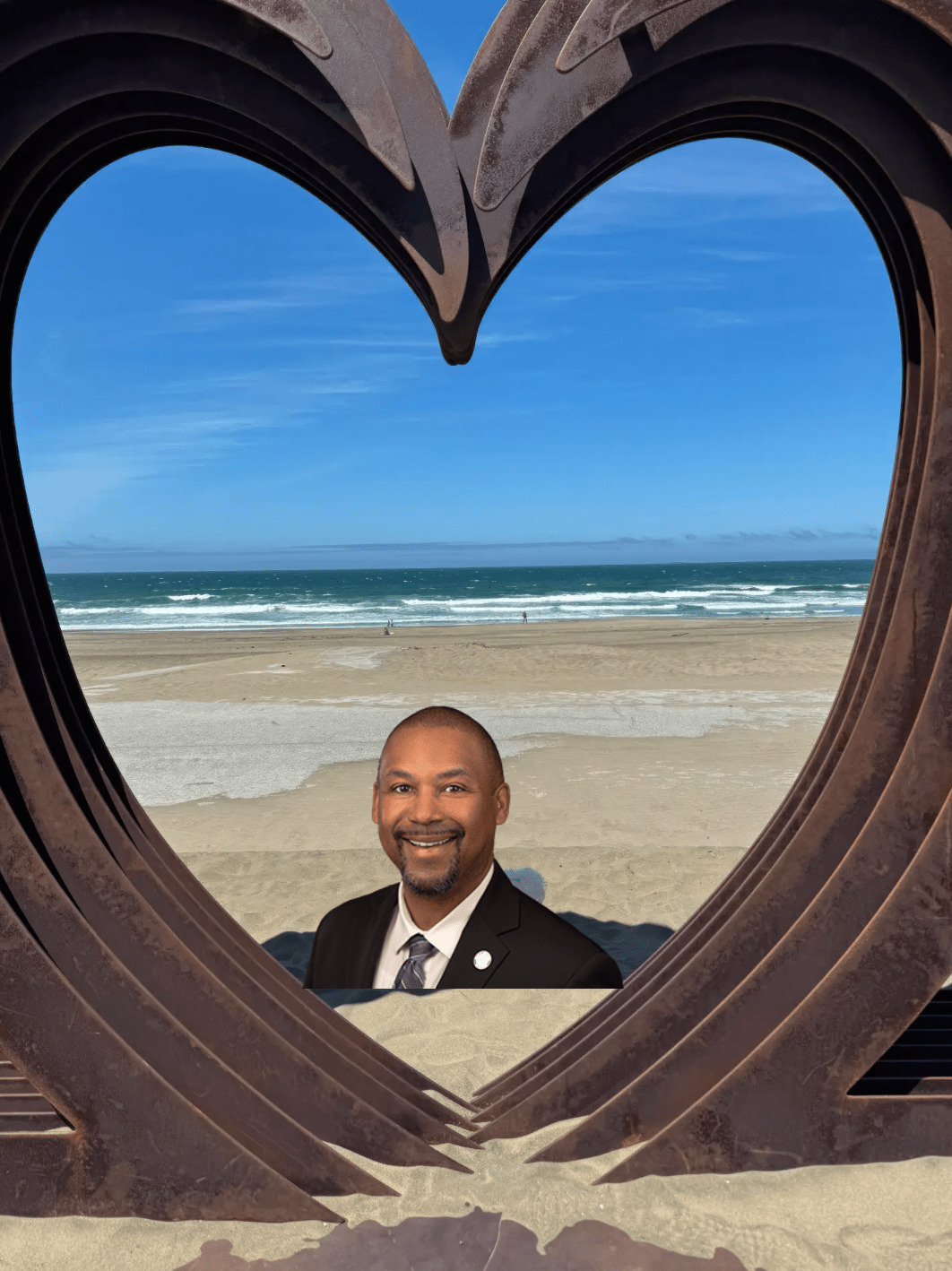Last week, three Washington heavy-hitters brought a new contribution to the debate over a national infrastructure bank: They said we already have one.
Mark Alderman of the Obama-Biden transition team, former U.S. Senator Evan Bayh, and Howard Schweitzer, former vice president of the Export-Import Bank co-wrote an op-ed for the Washington Postsaying that the Export-Import Bank was already authorized and organized to do exactly what an infrastructure bank is supposed to do:

Many of those pushing for an infrastructure bank say that public-private partnerships are part of the solution. This basic concept combines private capital with some form of public support to finance large projects. That is the Export-Import Bank’s bread and butter. Put another way, the United States already has a bank that knows how to balance investor return with lender (i.e., taxpayer) protection — often a major stumbling block to public-private deals.
They go on to say, “A newly expanded Export-Import Bank could facilitate private-sector investment in projects such as repairing roads and bridges, modernizing the energy grid, and maintaining our dams and levees — creating jobs while rebuilding the country.”
It’s a compelling argument, especially in the face of skepticism about creating a new quasi-government entity, especially in a political environment suspicious of Big Government. Some fear an I-bank will be too much like Fannie Mae and Freddie Mac; some would rather just stick with the TIFIA loan program; others want to encourage state infrastructure banks instead of a big national one. If making a few tweaks to an existing structure could yield the same benefits as a national infrastructure bank, isn’t that easier?
The Ex-Im bank has a similar financial model to the Kerry-Hutchison I-bank proposal (which the president has adopted) and a similar governing structure – an independent, though government-owned, corporation. Even better, the Ex-Im Bank makes money for the U.S., depositing money into the Treasury, not taking it.
“The Ex-Im bank already has some of that staff in place and an established history of success, fiscal responsibility, and a low risk to taxpayers,” said bank expert Scott Thomasson of the Progressive Policy Institute. “And there actually is a window to expand the mandate of the Ex-Im Bank if there is political support to do that.”
There’s not a lot of interest on Capitol Hill yet about this idea, but it could become the compromise that saves the whole I-bank concept. For now, some say, politicians that have been on the forefront of the bank idea would rather stick with their own idea (which they can then take credit for).
Rep. Rosa Delauro (D-CT) has been the primary Congressional champion of an infrastructure bank for the past 17 years. At an event yesterday sponsored by PPI, Delauro admitted that while the Ex-Im Bank was an interesting model, “Yes, I am wedded to an infrastructure bank.”
Sen. Mark Warner, an original cosponsor of the Kerry-Hutchison BUILD Act, gave a similarly cautious welcome to the Ex-Im Bank proposal. “I’ve not given that enough thought, but I think it’s something that ought to be examined,” he said yesterday. He did say that he and his cohorts have always thought of the Ex-Im Bank as a far closer model for the infrastructure bank than Fannie and Freddie.





